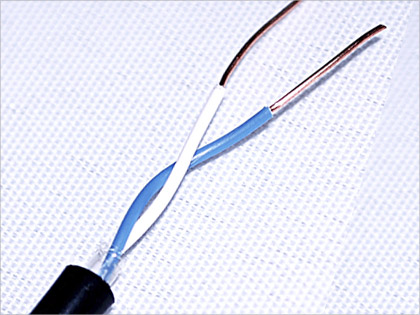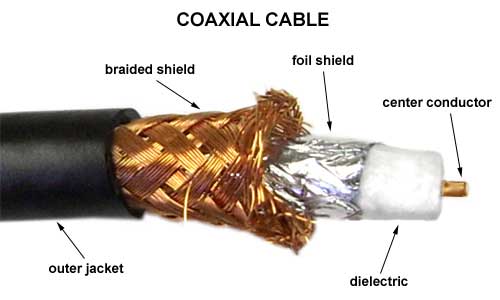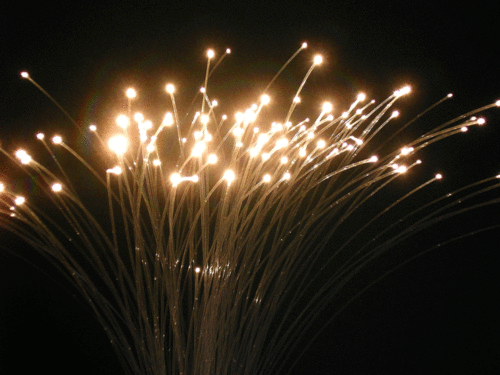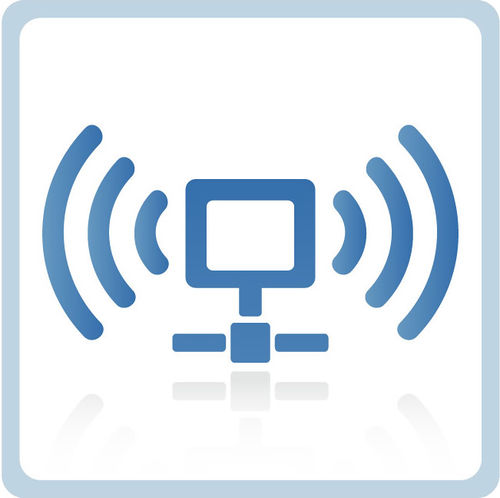Telecommunications: Difference between revisions
Jump to navigation
Jump to search
No edit summary |
|||
| (4 intermediate revisions by the same user not shown) | |||
| Line 2: | Line 2: | ||
Twisted Pair | Twisted Pair | ||
[[Image: twistpair.jpg|500px]] | |||
http://en.wikipedia.org/wiki/Twisted_pair | http://en.wikipedia.org/wiki/Twisted_pair | ||
Coaxial Cable | Coaxial Cable | ||
[[Image: coaxialcable.jpg|500px]] | |||
http://en.wikipedia.org/wiki/Coaxial_cable | http://en.wikipedia.org/wiki/Coaxial_cable | ||
Fibre Optics | Fibre Optics | ||
[[Image: fibreoptics.jpg|500px]] | |||
http://en.wikipedia.org/wiki/Fibre_optics | http://en.wikipedia.org/wiki/Fibre_optics | ||
Wireless | Wireless | ||
[[Image: wirelessw.jpg|500px]] | |||
http://en.wikipedia.org/wiki/Wireless | http://en.wikipedia.org/wiki/Wireless | ||
| Line 20: | Line 28: | ||
[[Image: internet1.png]] | [[Image: internet1.png]] | ||
=Total Connection Calculation= | |||
If everyone in the world was connected to everyone else, the total number of connections would be "Population x Population - 1" | |||
If people are connected to interconnected routers, then the total number of connections uses a logarithmic equation and hence much lower. | |||
Latest revision as of 09:24, 2 July 2012
Communication Path Hardware
Twisted Pair
http://en.wikipedia.org/wiki/Twisted_pair
Coaxial Cable
http://en.wikipedia.org/wiki/Coaxial_cable
Fibre Optics
http://en.wikipedia.org/wiki/Fibre_optics
Wireless
http://en.wikipedia.org/wiki/Wireless
Hardware Connections
Total Connection Calculation
If everyone in the world was connected to everyone else, the total number of connections would be "Population x Population - 1"
If people are connected to interconnected routers, then the total number of connections uses a logarithmic equation and hence much lower.




